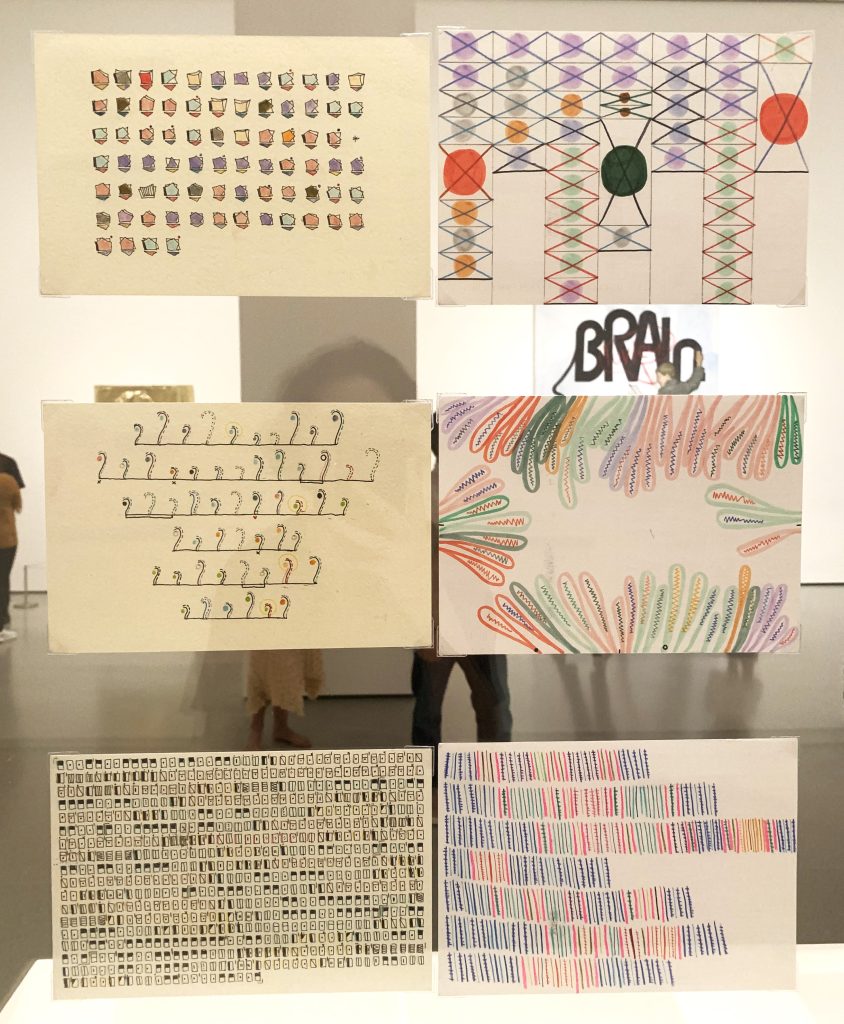In preparing myself for our oral history interview, I am first concerned with being well aligned with my partner, Tamar. Most of the readings we did do not deepen into dividing the task between two interviewers, but this certainly interferes in the room’s dynamic. As we talked before, as a journalist and having English as her primary language, Tamar will take the lead and help me feel comfortable too. Both of us must be in syntony, which means for me having a clear understatement with Tamar about the structure of the questions and our approach; guaranteeing that is not only good for the project outcome but for the environment, as it makes all involved more confident about their roles.
Before the interview, it is also essential to provide a statement about what is the project scope and its goals, as clear as the interviewee needs it to be. By doing that, we are creating a safe and honest space, where the person feels empowered from the beginning about what she might have to say and offer. In addition, I have to study more about the narrator’s professional career and the history of both the institution and the Philadelphia History Museum, gathering practical information to bring with me to the interview day (Sommer & Quinlan, p. 46, 48)
When it comes to the questions, there are a few issues that must be reflected in the final sketch.
- The list of questions will be used as a start and/or guide to the interview (where we come back when a topic is closed, for example), but should not be “hard” as a formal questionnaire, since we aim for a fluid conversation. Abrams points out that adopting “an open, informal and semistructured approach to the interview, encouraging creative, discursive and lengthy replies” (p. 124) helps in promoting a coherent narrative.
- Open-ended questions are the best option to get more information, because it allows the narrator to identify what she believes it is more important to say (Sommer & Quinlan, p. 59). Although I don’t believe in an interviewer’s capacity to be neutral, I agree with the idea that people are susceptible to suggestion – and open-ended questions mitigate the possibilities of controlling the narrative (Abrams, p. 85).
- The first questions should be about her personal life, for at least three motives: to create her biography for the project (Sommer & Quinlan, p. 67); to both set the tone and break the ice right on the beginning of it; to provide context for me and Tamar about how the narrator’s interests, experiences and struggles overlaps with her passage in the African American Museum in Philadelphia.
- Together, Tamar and I should point out “must be asked” questions, or at least topics. Of course we want to know it all, but there are issues that are more important than others – such as understanding the plan to save the institution on the verge of early 2000s.
- I am assuming a position that our narrator knows more about the theme than me, and there is nothing to be ashamed of. Her experience and the fact that I am new to the city and its cultural institutions makes me even more, in a perspective of creating a collaborative endeavour, a facilitator for the interviewee to produce what is called a recognisable structure and going for a balance of information and reflection (Abrams, p. 10-11, 42).
On the day of the interview, we must remember to take:
- an informed consent to be signed by the narrator (Sommer & Quinlan, p. 22);
- an interview information form to the project’s archive (Sommer & Quinlan, p. 68);
- the questions’ list;
- the background list with important names, dates and events;
- the audio equipment (must be tested at home and on the site before starting the interview);
- a notebook to follow up (I don’t like the idea of tablets/computers because it is too easy to take our attention away).
When we are all ready to start, we should begin with an introduction about the practical information of the interview (date and hour, name of the interviewers and interviewee, name of the project) and the personal background questions. Then, at least for me, it is all about reading the room: it’s necessary to be open to adapt the questions and the whole course of the interview, understand sensible moments or needs for a pause, or even be able to lead or step down if I see my partner struggling with an issue. We must go for the big questions with confidence, but also recognize boundaries and be respectful if the person insists that she won’t talk about a specific topic; the more comfortable and heard our narrator feels regarding me and Tamar, I believe we should have more opportunities for her to reciprocate.To be an active listener, I believe it is crucial to make constant and empathetic eye contact. There’s two outcomes from that: first, I portray myself as an interested and engaged interviewer even when I am not talking; secondly, it helps me to be focused on the narrator’s body language too since, as the chapter about performance on Abrams book makes the case, it is equally essential to pay attention to how things are said, the silences and the gestures. Before wrapping the interview up, we must remember to reserve time to give the narrator a space to add anything she might want to (new information, correct a misunderstanding, provide feedback).

Bibliography
Abrams, Lynn. Oral History Theory. New York: Routledge, 2016, 2nd. edition.
Sommer, Barbara; Quinlan, Mary Kay. The oral history manual. Lanham: Altamira Press, 2009 (2nd. edition).